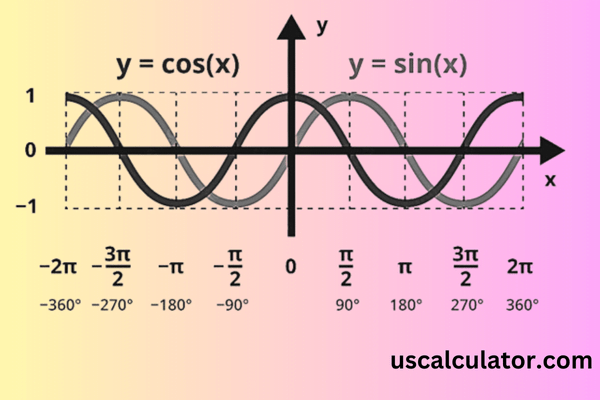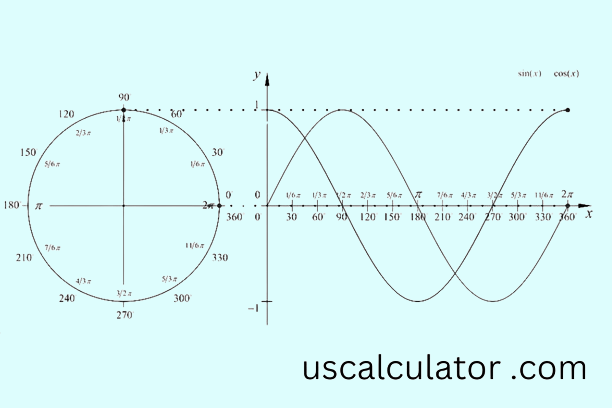About Sine Calculator?
One mathematical instrument for figuring out an angle’s sine value is a sine calculator. A fundamental trigonometric ratio that connects a right triangle’s opposing side to its hypotenuse is called the sine function.
How to Use a Sine Calculator
First, you must enter the angle. Enter the exact angle for which you are looking for the sine value. Now you will choose the unit. Choose the preferred unit of the angle. Gradians, radians, and degrees are common choices. Now, to calculate or find the sine value, click the “Calculate” or “Calculate” button.
The formula for calculating sine
following formula -
sin(θ)=HypotenuseOpposite Side
In a unit circle, where the radius is 1, the sine of an angle θ is the y-coordinate of the point where the terminal side of the angle intersects the unit circle.
So, in mathematical terms:
sin(θ)=radiusy
sin(θ) = opposite / hypotenus
θ (theta) is the angle you’re interested in (usually the one opposite the side lengths you know).
The opposite is the side of the triangle directly opposite the angle (theta).
The hypotenuse is the longest side of the right triangle, always opposite the right angle.
Note: Make sure you know if your angle is measured in degrees or radians before using the sine function on your calculator!

Frequently Asked Questions (FAQ)
1. The sine function: what is it?
The sine of a right triangle is the trigonometric ratio that relates a triangle’s opposite side to the hypotenuse.
2. On a sine calculator, can angles be in radians or only in degrees?
Most sine calculators deal with both radians and degrees at the same time.
3. Why are sine calculators important?
Sine calculators find their use in a lot of applications, right from trigonometry, engineering, physics, and computer graphics.
4. Is the sine calculator necessary for simple calculations?
For basic angles or simple values only, one may use arcsin to compute the sine values manually; for the others that are a bit complex, a sine calculator is preferable in terms of accuracy and time.

common sine values table:
| x (°) | x (rad.) | sine(x) |
|---|---|---|
| -90° | -π/2 | -1 |
| -60° | -π/3 | -√3/2 |
| -45° | -π/4 | -√2/2 |
| -30° | -π/6 | -1/2 |
| 0 | 0° | 0 |
| 30° | π/6 | 0.50 |
| 45° | π/4 | 0.707107 |
| 60° | π/3 | 0.866025 |
| 90° | π/2 | 1 |
| 120° | 2π/3 | 0.866025 |
| 135° | 3π/4 | 0.707107 |
| 150° | 5π/6 | 0.50 |
| 180° | π | 0 |